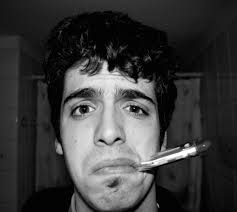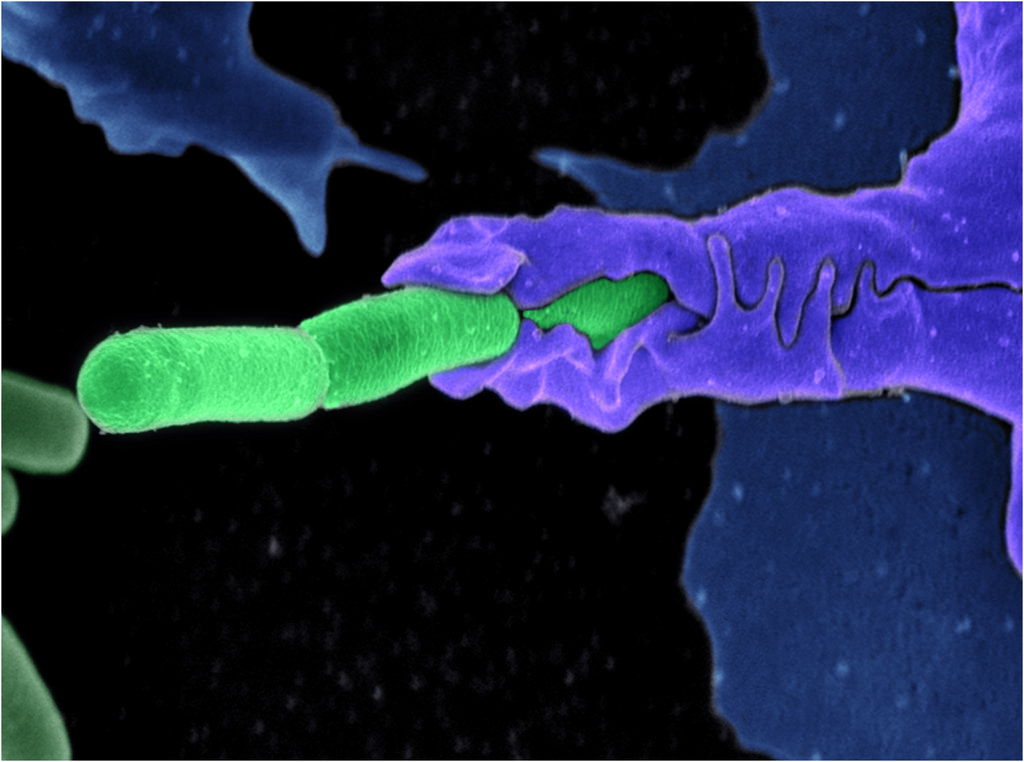Posts Tagged ‘health’
The oxymoronic Talent Pathway
How did people get good at sports before the existence of pathways and ‘talent’ academies? If you read biographies of a previous generation of sporting superstars there is usually a mention of a dedicated p.e. teacher or coach at a local sports club. Children discovered their love for the sport locally and affordably. They might…
Read MoreChoosing the right equipment for your local park
Regular readers will know of the work I have done with Willand Parish Council to improve our village parks. This is an ongoing process that started five years ago. We are gradually upgrading or adding play equipment and facilities in our village. Having a vision Willand is a large village in Devon with a population…
Read MoreDo a Health Diagnostic in 2020
Are you healthy? How do you know? There is more to measuring health than being able to squeeze into your summer jeans. (Although, if they are from the summer of ’87 that might be as accurate as anything else). If you check the tyres, water and oil in your car this winter, or you get…
Read MoreAn athlete’s guide to avoiding the flu.
Intro Getting ill sucks! We’ve all been there, tucked up in bed shivering and feeling sorry for ourselves. Here is my guide to avoiding the flu. Nobody enjoys being ill and it can have a terrible effect on an athlete’s fitness, training and performance. Not only does having a blocked nose reduce performance, it…
Read MoreHow to Prevent Illness by Boosting Your Immune System
Are you constantly suffering from colds and sniffles? Feeling run down and lethargic? Then it could be that your immune system is depressed. Matt has done some research and come up with some ideas on how to to help you.
Read More



